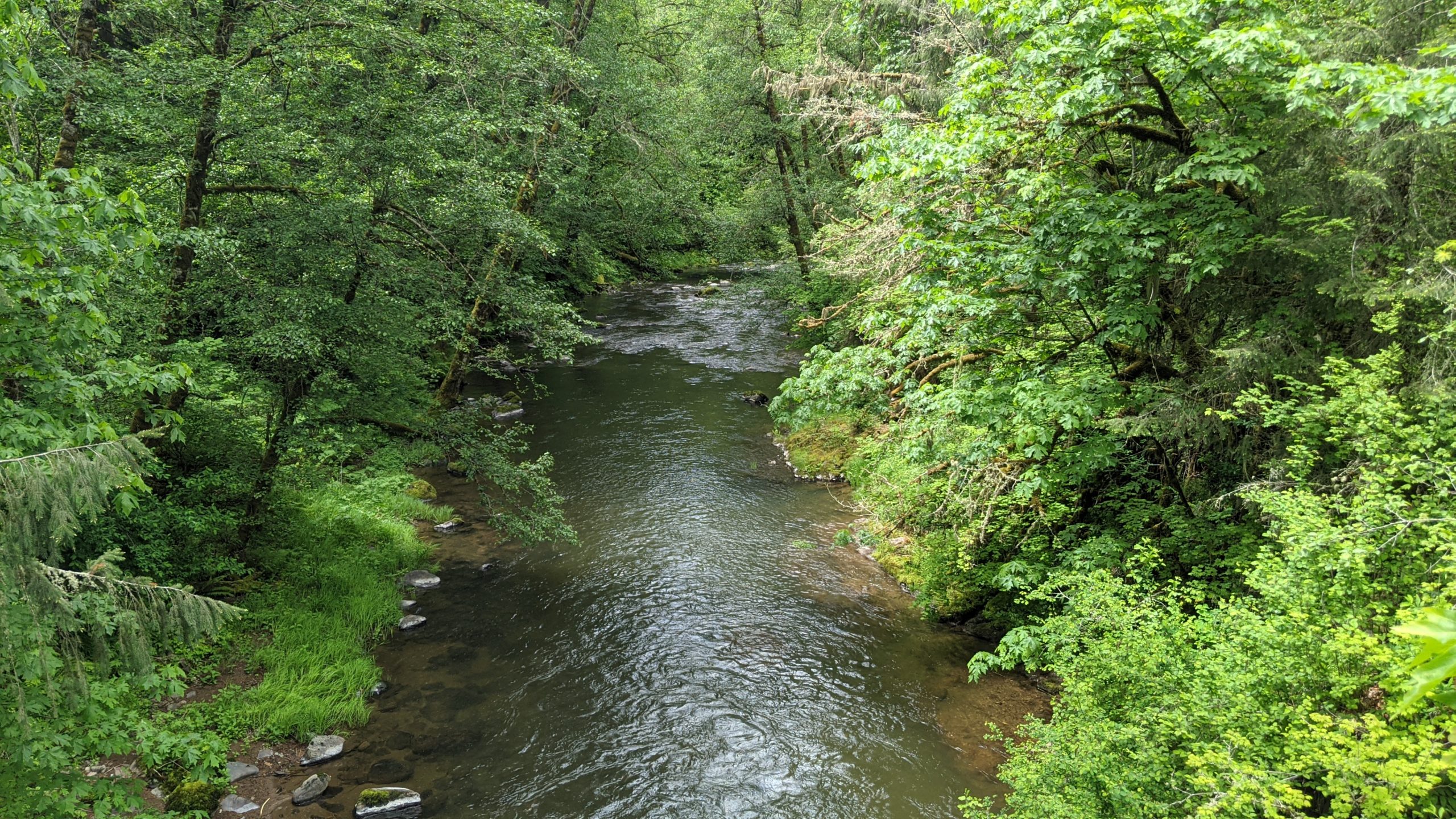CREP engages farmland owners as partners in restoring salmon habitat. Farmers are compensated for voluntarily planting native vegetation along salmon-bearing streams, rather than crops. Vegetation forms a buffer between agricultural land and salmon streams, keeping water clean and cool for salmon. Riparian buffers are preserved under 10-15 year renewable contracts.
Project costs are paid for by the program. The program also provides oversight and maintenance for five years after planting to ensure that trees and vegetation grow healthy and strong. Landowners are paid rent for the acreage they restore, and they receive a monetary bonus for enrolling in the program. This makes CREP a win-win for Washington farms and fish. CREP is a voluntary program administered at the federal-level by the Farm Service Agency (FSA), at the state-level by the State Conservation Commission (SCC), and at the local level by conservation districts.

